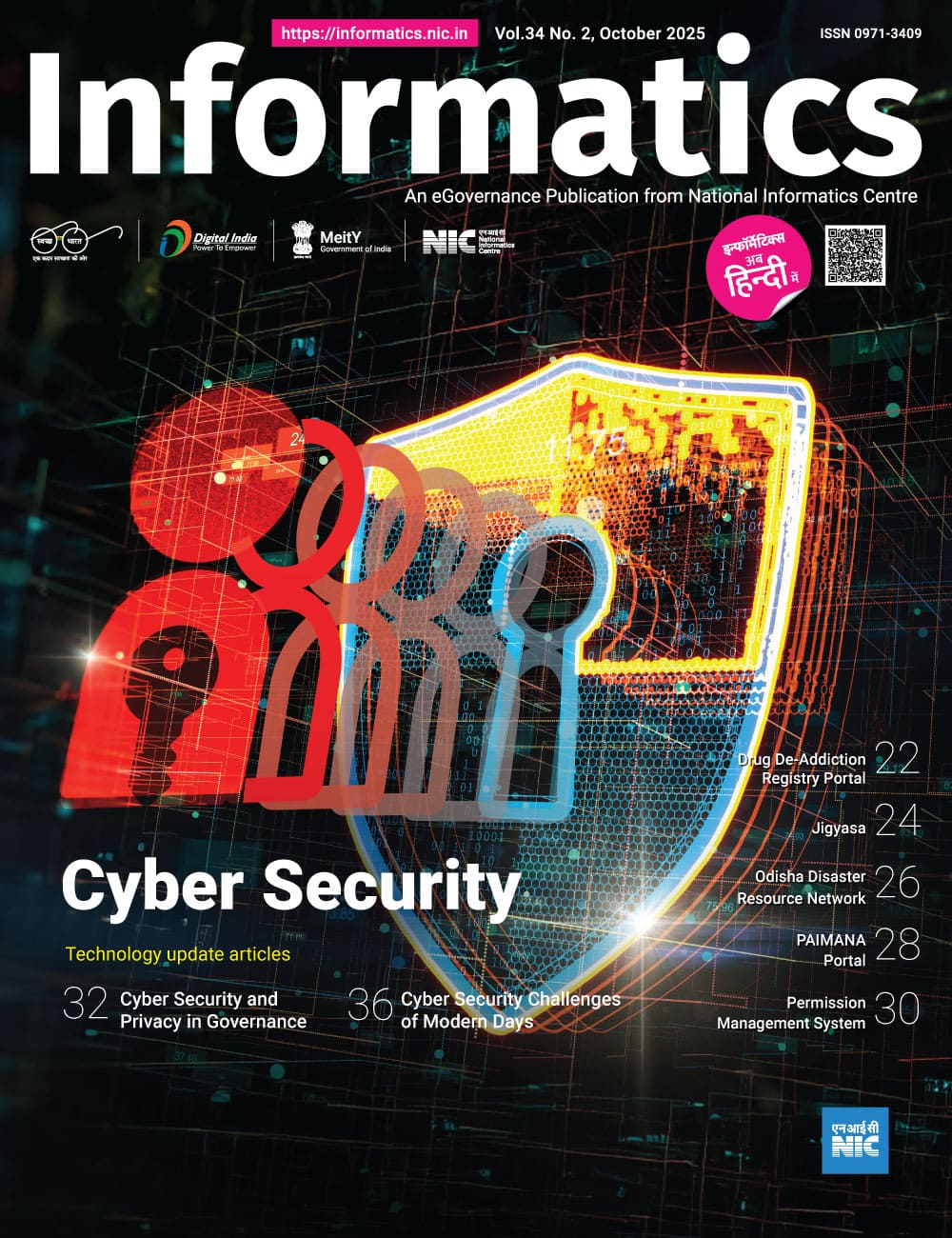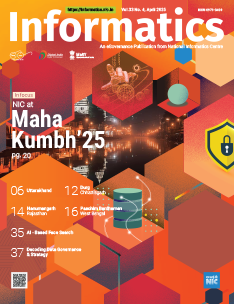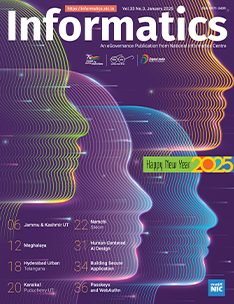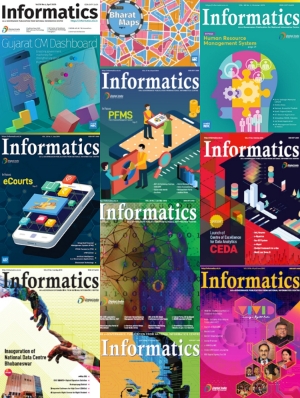Gujarat Pollution Control Board (GPCB)

The Gujarat Pollution Control Board (GPCB) is a premier body constituted by Government of Gujarat with a view to protect the environment, prevent and control the pollution of air and water in the state. The board has been entrusted with the Central Acts and relevant rules for pollution control as notified thereof from time to time. The important functions being performed by the board include monitoring of water and air quality, effluent sampling and analysis, inspection in respect of performance of effluent treatment plants and air pollution control equipment among others.
The website of the board is well designed with visually appealing look. The website deploys judicious use of colors that are sober in nature. Use of refined graphics makes the website more engaging.
The website uses structured navigation for easy steering. It seems to be quite compatible with all major browsers.
The website is rich in information. The header region of the website comprises of information related to GPCB such as its aim, mission, vision, functions and priorities, projects undertaken by the board, Environmental clearance guidelines, RTI, notifications, tenders, publications, presentations, FAQs along with contact information of the Head Office, Regional Offices and Vigilance Offices of the board. The left side of the homepage is dedicated for resources section while the right side showcases the important, recent news.
The website has a well structured site map for enhanced searchability and also has a feedback section for obtaining important suggestions and feedback from users.




 Subscribe
Subscribe
 Flipbook
Flipbook PDF (5.0 MB)
PDF (5.0 MB)


